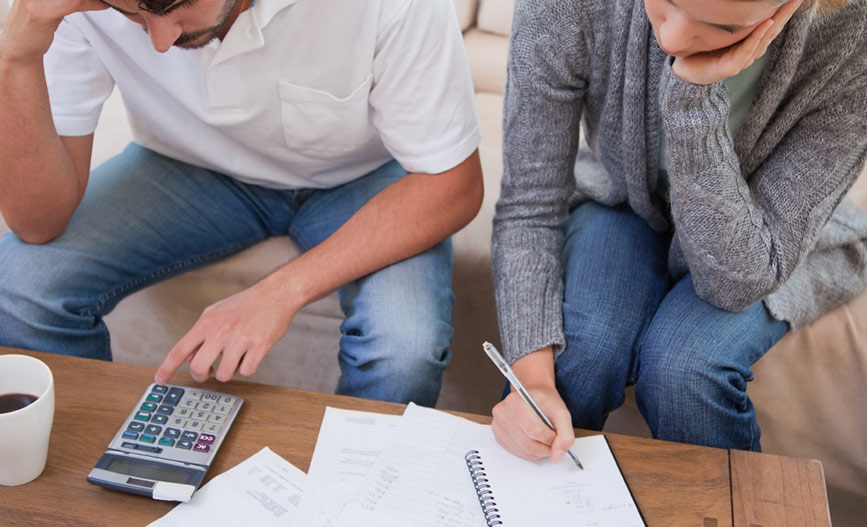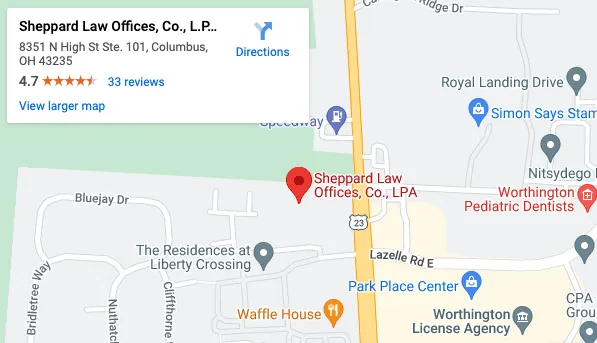Many individuals and business owners often accrue more debt than they can handle, and they suddenly find themselves facing relentless creditor calls and the impending loss of their property. To avoid these problems as soon as possible, filing for bankruptcy is often the best choice.
If you wish to learn about how to file for bankruptcy in Ohio, you have come to the right place.
1. Credit Counseling
According to the 2005 Bankruptcy Act, any individual who files for bankruptcy after October 17, 2005, must undergo credit counseling within 6 months prior to filing for bankruptcy. You must also enroll in a financial management course after bankruptcy proceedings to ensure that you are more capable of handling your finances in the future.
2. Means Test
The Bankruptcy Act mandates that your income and expenses be evaluated by the court to determine your candidacy for Chapter 7 or Chapter 13 bankruptcy. If your average income for the past 6 months is below the median income for Ohio, Chapter 7 is the ideal option for you. If it is above the median, expenses are subtracted from the income to determine your Chapter 13 candidacy.
3. Gathering Paperwork
Bankruptcy is a formal process that requires you to provide a detailed account of your financial situation through the following forms:
- Monthly living expenses
- Secured and unsecured debts
- All assets
- Financial transactions in the last 2 years
- Tax returns for the last 2 years
- Real estate deeds
- Car titles
- Loan documents
4. Filing for Bankruptcy
The first step in filing for bankruptcy is determining which property is exempt from being claimed by the court. Once that is done, the next step is to file a 7-page petition and a series of accompanying forms to the Ohio bankruptcy court in your area. These forms provide information regarding your financial situation and any transactions within the last 2 years, which must be as detailed as possible to avoid jeopardizing your bankruptcy petition at the outset.
Filing for bankruptcy also involves a fee of $335 for Chapter 7 and $310 for Chapter 13.
5. Chapter 13 Requirements
If you are filing for Chapter 13 bankruptcy, a proposed payment plan is also submitted to the court. The payment plan is set up to pay off priority claims in full (e.g., taxes and child support) and unsecured debts in part (e.g., credit cards and medical bills), ensuring that you have enough to live on and take care of reasonable monthly expenses.
The proposed payment plan must also pass the following 3 tests:
- It must be delivered in good faith.
- Unsecured creditors must be paid an equivalent of the value of your non-exempt property.
- All disposable income must be used as payment for at least 3 years.
Payments are typically deducted directly from your monthly paycheck, based on arrangements made by you or your lawyer.
6. Automatic Stay
An automatic stay goes into effect the moment that your bankruptcy petition is filed with the court. The purpose of this provision is to prevent your creditors from contacting you, claiming your property, or starting foreclosure proceedings against you from that day on. This is one of the chief benefits of bankruptcy: total protection from creditors.
7. Bankruptcy Trustee
Once the automatic stay is in effect, the court assumes control of your debts and any non-exempt property. A designated trustee is assigned to your case to ensure that creditor repayment is maximized. To organize that, the trustee reviews your documentation, including any existing property and possible exemptions, and may notify the court of any inconsistencies.
8. 341 Meeting of Creditors
Within approximately 30 days after the trustee is assigned to your case, they organize a meeting between the debtor (you) and your creditors. This 341 meeting of creditors – named after section § 341 of the bankruptcy code – is aimed at enabling you and the creditors to resolve any outstanding objections, as well as any legitimacy issues of a Chapter 13 payment plan.
After the meeting, you turn over any non-exempt property to be sold by the trustee (for Chapter 7). The trustee and creditors then have 60 days to challenge your debt discharge. If no challenge is presented to the court, you are notified of a full debt discharge within 4 to 5 months.
9. Chapter 13 Plan Confirmation
This is an additional step if you filed for Chapter 13 bankruptcy. After the meeting of creditors, you attend a hearing in bankruptcy court to obtain a judge’s approval on your proposed repayment plan. Upon confirmation and provided that you follow its terms precisely, any remaining dischargeable debt is eliminated once the plan is complete.
The bankruptcy process in Ohio is a highly complicated one, but you do not have to go through it alone: Top-rated bankruptcy attorney Kenneth L. Sheppard, Jr. from Sheppard Law Offices is here to make your bankruptcy petition as smooth and simple as possible. Call today!
Contact Sheppard Law Offices Today
Do you still have concerns about avoiding problems with the IRS? Or, perhaps you have already encountered problems but are unsure of how to proceed? If so, we urge you to give us a call today. Tax attorney Kenneth L. Sheppard, Jr. is here to help protect Ohio taxpayers from the IRS and all that it entails!



